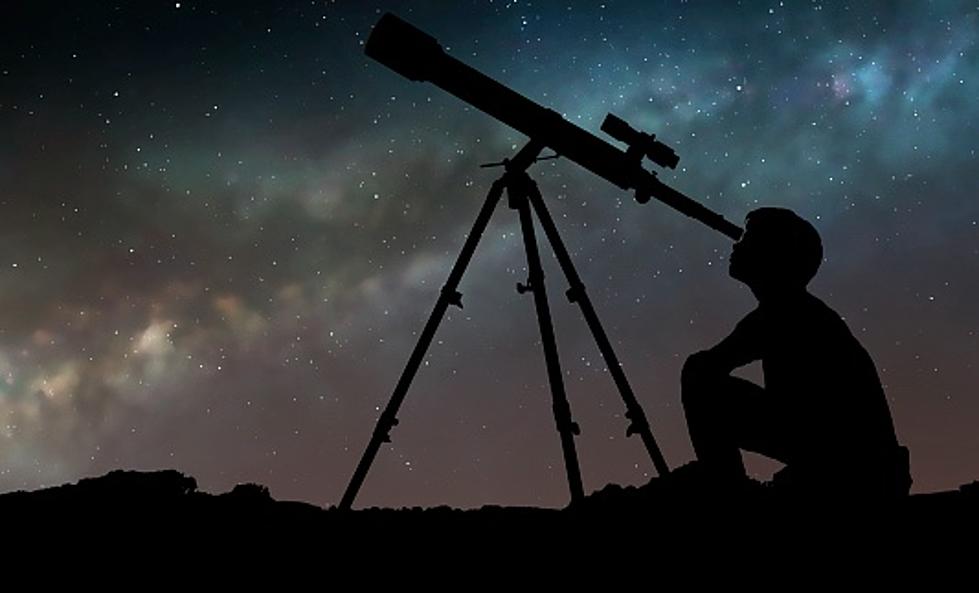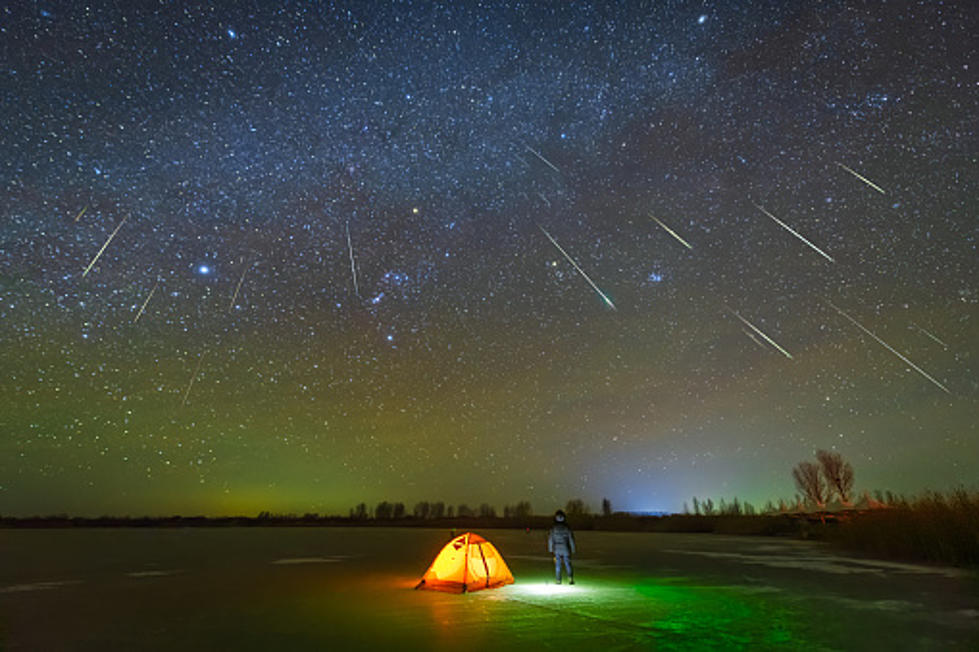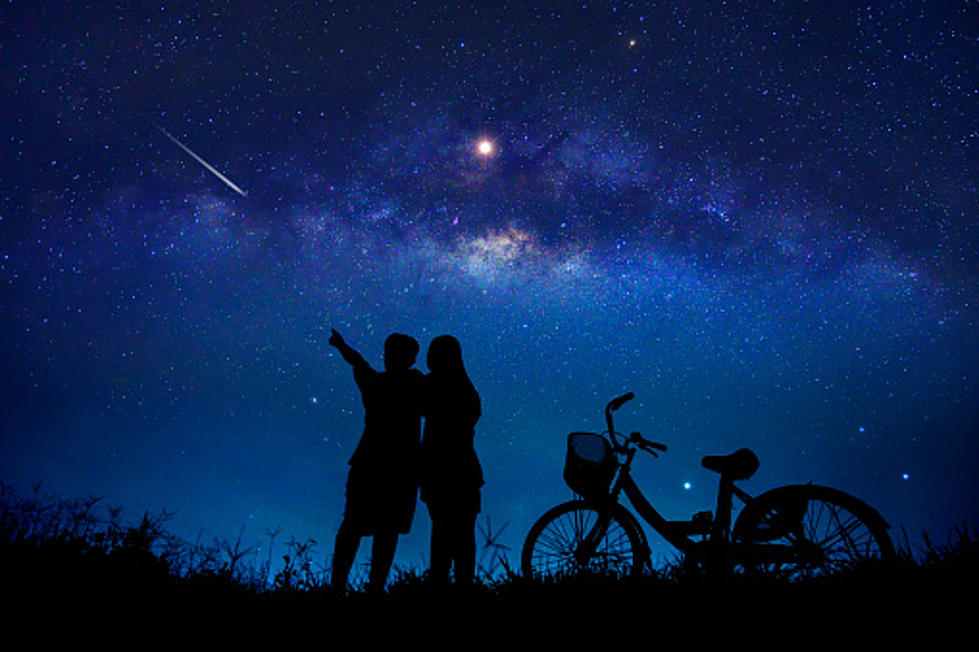
The Leonid Meteor Shower Peaks Over Rockford Wednesday Night
The Leonid Meteor Shower (going on right now) should offer up clear-sky meteor rates of about 10 to 15 shooting stars per hour, but has been known to put on a spectacular show of up to (and over) 1000 shooting stars per hour.
In 1966, the Leonids produced a rain of meteor showers of up to 144,000 per hour, or 40 per second.
Moon Conditions Might Make Viewing This Year A Challenge, Depending On Your Location
If you have trouble seeing the Leonids this week, much of the blame can be cast in the direction of the moon, or more specifically, the "waxing gibbous" moon. Waxing gibbous means that the moon is more than half-lit, but less than full (somewhat like our own Joe Dredge).
That means the brightness of the night sky could potentially dampen the brightness of the meteor showers. Here are a couple of shots of last month's waxing gibbous moon:
Alright, I Don't Have All Night---When's The Best Time To See The Leonids?
Here's the thing, you don't need all night. Because of the moon's brightness, experts say that your best bet for seeing the most meteors is the in-between period.
Try that brief interval between moonset and dawn. Remember, when the moon is low in the sky – say, for half an hour to an hour before it sets – its glare will be reduced. If you’re going this route, watching shortly before dawn Wednesday, don’t be afraid to start watching when the setting moon is still in the sky. Whatever you do – as always, to increase your chances – be sure to watch from a rural, dark sky location.
READ ON: Weird, wild UFO sightings from throughout history
The 25 Most Dangerous Towns in Illinois
More From Rockford's New Country Q98.5









